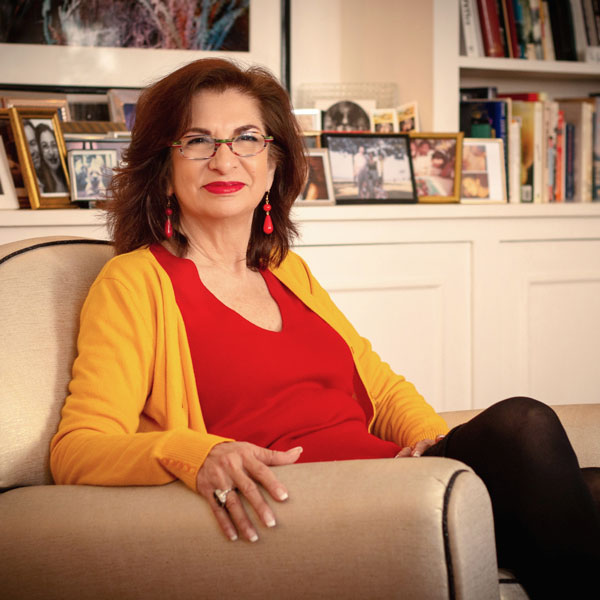“Where East Meets West and “”Inde”” is “”Turquie”””
Last night while we were sleeping here in ‘Europe-Land,’ the ‘luminaries’ in ‘La-La-Land’ (Los Angeles) were parading down the “tapis rouge” (red carpet) showing off their Oscar night ball gowns and designer tuxedos hoping to go home in their chauffeur-driven limousines with a 13.5-inch, 8.5 pound statuette made of Britannium and a 24-karat gold plated surface…named “Oscar.”
Anyone who saw “Slumdog Millionaire” would likely have been happy to see it walk away with eight of the golden awards. For those who have traveled or spent any time in India, it would have struck a chord as such a profound example of the dichotomies of the culture that is so poor, yet so rich in so many ways. It certainly took me back to the two too-short weeks I had there two years ago with my daughter who was assigned to photograph two Hindu weddings.
Last week I had a similar “déja vu” experience, in an unlikely setting, recalling another too-short visit long ago to where ‘east meets west’ — Istanbul, Turkey. This is where the Bosphorus Strait connects and embraces both European and Asian cultures and values.
In a demonstration class at the Cordon Bleu, France’s most famous culinary institute, we were transported to the land we call “Turquie” by two Chefs, Sevim Gökyildiz accompanied by Sibel Pinto. Sevim is a well-known culinary author and journalist who was named “Ambassatrice de la Cuisine Turque” b
y the Ministry of Tourism in France. Sibel is a team member of our own Adrian Leeds Group, who organizes cooking classes, demonstrations and tastings and who has catered many of our events in the past.
The Turkish cuisine is a good representation of a meeting of the east and west — a lesson to be learned by the twenty-five or so students of the Cordon Blue who were as much a mixture of easterners and westerners as was the cuisine. In attendance was Dr. Hasan Yavuz, the Attaché Culturel et d’Information of the Turkish Embassy in Paris.
In the theater-like arrangement with a large slanted mirror hung over a work table and stove along with a TV monitor at the side so that we could see the chefs from every angle, we watched the olive oil being poured like water. It went easily into a mixture of bulgur wheat, red lentil beans, onions, puréed red peppers and other ingredients to make “Mercimek Köftesi” — hand-rolled ‘balls’ eaten with a peppery dipping sauce.
While Sibel demonstrated how to prepare the eggplants for “Imambayildi,” eggplant in (what else?, but…) olive oil(!), Sevim told a Turkish joke about how it’s grounds for divorce if a wife asks the husband what he’d like for dinner, since eggplant is served more than 300 different ways and at every meal!
For dessert they demonstrated how to roll out the pastry dough for…of course, Baklava, the secret of which we were told was to use butter, not olive oil and that honey can be substituted for a mixture of sugar and citrus juices.
At the end of the 1.5 hour-long demonstration, small tastings were passed out to all those who attended. Then the group was led to the sunlit patio of the Cordon Bleu where cocktails of “Raki” and squares of Baklava were served, bowls of fresh nuts were on the table along with colorful books about the cuisine of Turkey, all sponsored by the Embassy.
The Cordon Bleu has long been as much as part of the east as of the west, now with schools in 20 countries, including the U.S., Japan and Australia. The building is tucked away on a residential part of the 15th arrondissement where one would least expect it, but it’s obvious by its blue and white exterior. Founded by journalist and publisher of La Cuisinière Cordon Bleu magazine, Marthe Distel on January 14th, 1896, the first cooking demonstration ever to be held on an electric stove was staged at there. Today, short courses from two hours to four days and demonstrations are possible to attend. American born French chef Julia Child was a student there and without a doubt, a diploma from the illustrious school is an entrée into any culinary dream position of your choice.
Now, if I had been handing out Oscars for the performance at the Cordon Bleu, it would have gone to the Baklava — the best I’ve ever eaten. Perhaps it was the secret western buttery influence that made it a winner?
 A la prochaine…
A la prochaine…
Adrian Leeds
Editor, Parler Paris

P.S. Stay tuned for Wednesday’s Parler Paris “nouvellettre” when instead of talking about ‘cooking,’ we talk about ‘eating’…in Paris’ best good-value restaurant finds!
To read more, click the links below.






